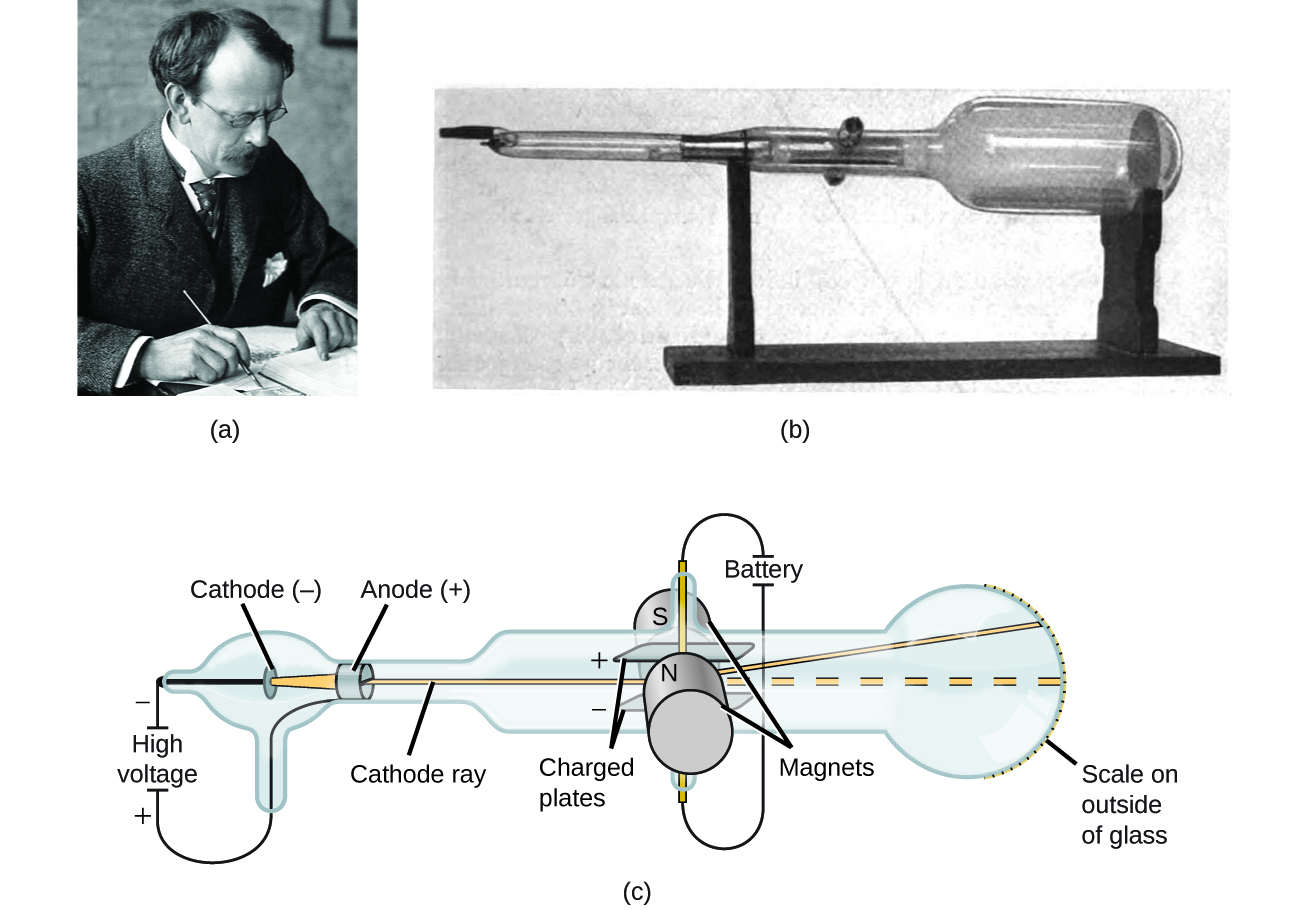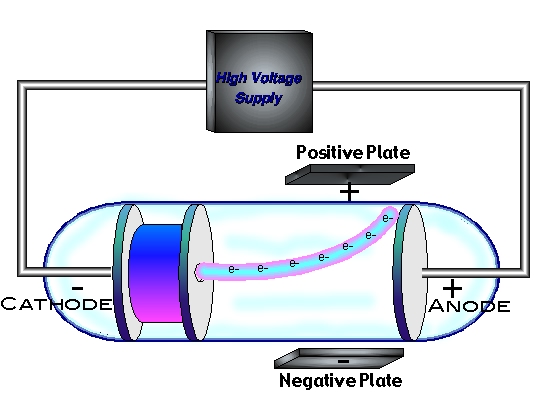
Scientific experiments: CRTs are still used in scientific experiments to measure the properties of subatomic particles and to study the behavior of electrons in different conditions. Radar screens: Cathode ray tubes were used in early radar screens to display information about the location and movement of objects. Medical equipment: Cathode ray tubes are still used in some medical equipment such as oscilloscopes, which are used to measure electrical signals in the body. The cathode ray tube inside the display projects an electron beam onto a phosphorescent screen, which creates the image that is visible on the screen. Television and computer displays: CRTs were widely used in older television and computer displays. Here are some of the common uses of cathode ray tubes: Uses of Cathode Ray TubeĬathode ray tubes (CRTs) have been widely used in various applications for over a century. They have a high velocity: Cathode rays travel at very high velocities, typically approaching the speed of light. They have a very small mass: Cathode rays have a very small mass compared to the mass of an atom, indicating that they are subatomic particles. They can produce heat and light: When cathode rays collide with a solid surface or a gas, they can produce heat and light, similar to other charged particles. They can be deflected by electric and magnetic fields: Cathode rays are deflected by electric and magnetic fields, indicating that they are charged particles. They travel in straight lines: Cathode rays travel in straight lines in the absence of any electric or magnetic fields. They are negatively charged: Cathode rays are composed of negatively charged electrons, which are fundamental particles of matter. These electrons possess several properties, including: Properties of cathode raysĬathode rays are streams of electrons that are emitted from the cathode in a cathode ray tube. By controlling the direction and strength of these fields, it is possible to produce and manipulate the electron beam and display images on the fluorescent screen. Overall, the working of a cathode ray tube is based on the interaction between charged particles and electric or magnetic fields. When the electrons in the beam strike the screen, they produce light that can be seen as an image. Electrons strike the fluorescent screen: The fluorescent screen is coated with a material that emits light when struck by electrons. 

By varying the strength and direction of these fields, the electron beam can be scanned across the screen to produce an image. Electrons are deflected by the deflection system: The deflection system consists of charged plates or coils that produce electric or magnetic fields that deflect the electron beam.This beam of electrons is directed toward the fluorescent screen.
Thomsons cathode ray experiment summarized series#
Electrons are focused by the electron gun: The electron gun consists of a series of anodes and lenses that help to shape and focus the electron beam.As the electrons are accelerated toward the anode, they gain kinetic energy. Electrons are accelerated by the anode: The anode is a positively charged electrode that attracts the negatively charged electrons emitted by the cathode.These electrons are negatively charged and are attracted to the positively charged anode. Electrons are emitted from the cathode: When a voltage is applied to the cathode, it heats up and emits electrons.The working of a cathode ray tube (CRT) involves several steps, as follows: These components work together to produce the characteristic electron beam and display images on the fluorescent screen. This prevents the electrons from colliding with gas molecules in the tube and disrupting the electron beam. The tube is evacuated to a very low pressure, typically around $10^$ torr. Advertisements A Cathode ray tube, source: Javatpoint Which gas is used in the cathode ray tube? What is a Cathode ray tube?Ī cathode ray tube (CRT) is a vacuum tube that consists of an electron gun, which emits a stream of electrons, and a fluorescent screen, which displays the image produced by the electron beam.How does the cathode ray experiment work?.

Thomson Cathode ray tube Experiment Conclusions Thomson Cathode ray tube Experiment Observations Thomson’s Second Cathode Ray Experiment.Thomson Cathode ray tube Experiment procedure Thomson Experiments – The Discovery of Electron







 0 kommentar(er)
0 kommentar(er)
